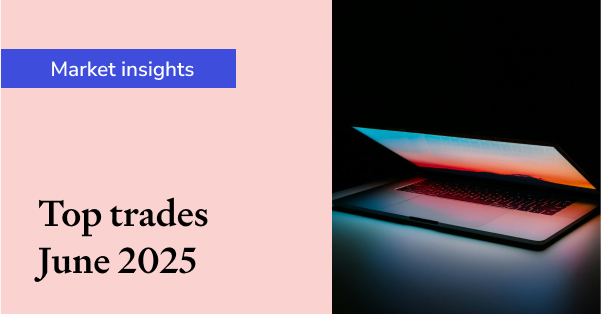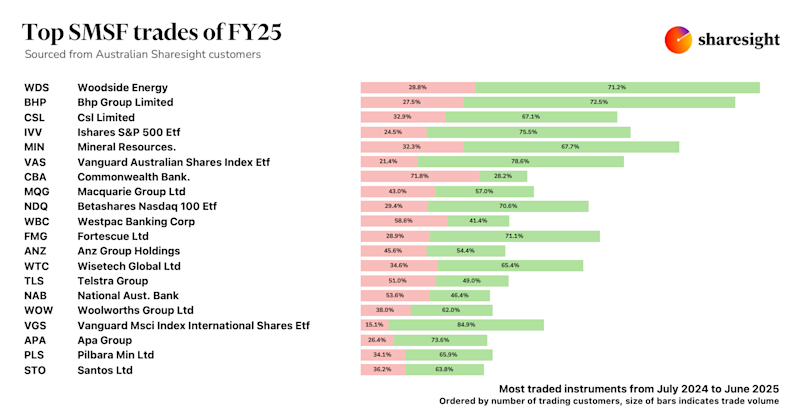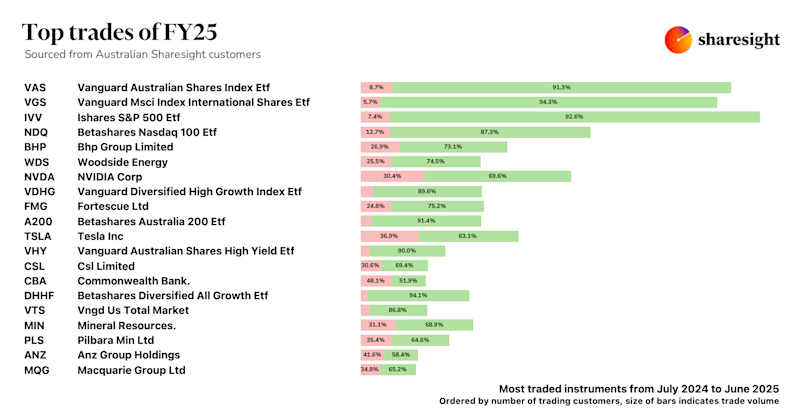4 ways to maximise returns in a low-return world
UPDATE: There are now five ways to maximise returns in a low-return world, read the post now.
The issue of fees and the impact they have on investor returns is a perennial concern and one that all investors need to pay attention to.
There is much talk in economic and investment circles about how we are now in a low-return world. Historically low interest rates, it is said, will be around for some considerable time and this will inevitably lead to lower the returns that investors can expect, not just from bonds but from all asset classes.
If you have a traditionally managed portfolio with an admin fee, active management and some advice as well you could easily be looking at an annual fee of 2% per annum on the portfolio. While 2% sounds like a small number it is in fact 50% of your 4% annual return.
Recently it was reported that the Future Fund, the Australian government pension fund for government employees is seeking to lower its return targets from the current 4 to 5pct above CPI to something more achievable in this low return environment.

Which brings me to the issue of fees. Let’s assume that your long term expected return is now 4 or 5 percent, rather than the 8 percent you might have targeted a few years ago. If you have a traditionally managed portfolio with an admin fee, active management and some advice as well you could easily be looking at an annual fee of 2% per annum on the portfolio. While 2% sounds like a small number it is in fact 50% of your 4% annual return. Half of your investment returns are going to fees.
Clearly this is not sustainable. Fees need to come way down in order for your savings to provide any kind of meaningful real return.
How to do this? Here are a few ways to reduce investing-related fees in order to maximise returns:
Admin
This is perhaps the easiest part. If you use Sharesight you can cut your admin costs dramatically, certainly compared to a wrap platform. And Sharesight’s subscription is fixed. It’s not related to the size of your portfolio.
Management
Exchange Traded Funds (ETFs) track an index rather than trying to beat it. By choosing a passive ETF you can easily bring your management fee down from 1% + for an active manager to below .2%. And your returns may not even suffer. Many if not most active managers fail to beat the index over longer time frames.
Personally, I now have about half the equity component of my retirement savings in ETFs. And my returns have not suffered as a result.
I use Sharesight’s new custom groups feature to track this. One of my groupings tracks active management, from managed funds and from my own share picks to the other grouping which is in ETFs.
Advice and accounting
The main issue here is to make sure you don’t pay an ongoing fee for advice that is really a one-off. If you get a financial plan that doesn’t really change much on an ongoing basis, except perhaps for the occasional rebalancing, then make sure the fee structure reflects that. In other words pay for the time incurred not a percentage of the portfolio for evermore.
In terms of accounting, the best way in my experience to minimise fees (and improve your relationship with your accountant) is to be organised with your data. Sharesight obviously helps here but I would also encourage investors to use an online accounting system and use it yourself. Xero is my favourite and works well with Sharesight but there are others that work well.
Take ownership
This is perhaps the most important one. The less engaged you are with your investments, the more you will need to rely on the above fee tranches and the harder it will be for you to control your costs. I am not suggesting that being self-directed suits are all investors, plainly it doesn’t. But it does increase your control over the cost side. If you are going to pay up for advice or management you need to make sure that you are getting a satisfactory return to compensate for the cost. If you are not engaged, how will you know?
This information is not a recommendation nor a statement of opinion. You should consult an independent financial adviser before making any decisions with respect to your shares in relation to the information that is presented in this article.
FURTHER READING

Sharesight users' top 20 trades – June 2025
Welcome to the June 2025 edition of Sharesight’s monthly trading snapshot, where we look at the top buy and sell trades by Sharesight users in all markets.

Top SMSF trades by Australian Sharesight users in FY24/25
Welcome to our annual Australian financial year trading snapshot for SMSFs, where we dive into this year’s top trades by Sharesight users.

Top trades by Australian Sharesight users in FY24/25
Welcome to the FY24/25 edition of our Australian trading snapshot, where we dive into this financial year’s top trades by Sharesight users.